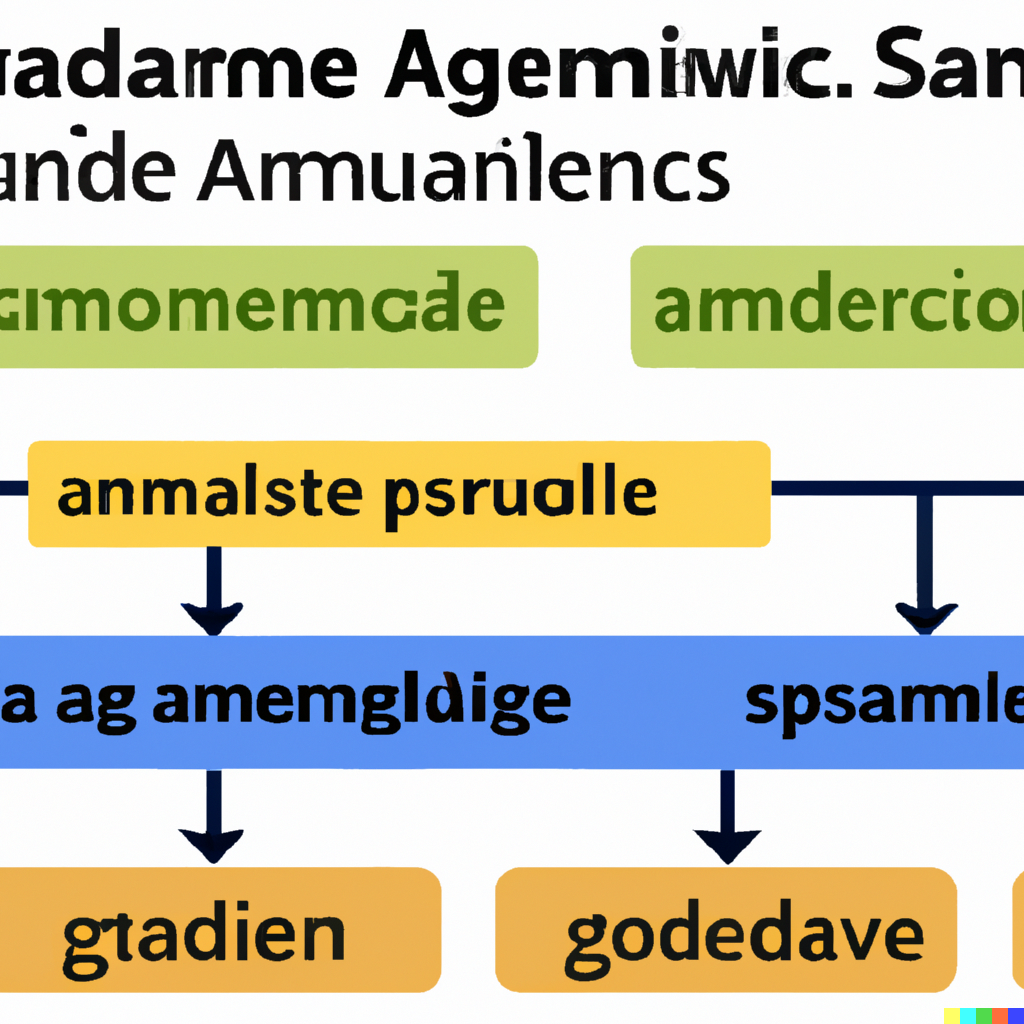Google Ads is a powerful advertising platform that enables businesses to reach their target audience and promote their products and services online. To build a successful Google Ads campaign, it’s important to understand the principles of computational linguistics and semantic analysis.
Computational linguistics is the study of how natural language can be processed and analyzed by computers. It involves a wide range of techniques, including natural language processing (NLP), machine learning, and artificial intelligence (AI). By using these techniques, it’s possible to extract meaning from text and identify relevant keywords and phrases that can be used in advertising.
Semantic analysis is a related field that focuses on the meaning of language. It involves understanding the relationships between words and phrases, and how they can be used to convey different concepts and ideas. By using semantic analysis, it’s possible to identify the most important topics and themes that are relevant to a particular product or service.
To build a Google Ads campaign using computational linguistics and semantic analysis, there are several key steps that you can follow:
Identify your target audience
The first step in building a successful Google Ads campaign is to identify your target audience. This includes understanding their demographics, interests, and behaviors. By understanding your target audience, you can tailor your advertising messages to their specific needs and preferences.
Conduct keyword research
Once you’ve identified your target audience, the next step is to conduct keyword research. This involves using computational linguistics techniques to identify the most relevant keywords and phrases that are related to your product or service. These keywords and phrases can then be used to create targeted advertising campaigns that reach the right people at the right time.
Create ad groups
After conducting keyword research, it’s important to create ad groups that target specific themes or topics. For example, if you’re promoting a clothing store, you might create ad groups based on different types of clothing (e.g., shirts, pants, dresses). By grouping your keywords and ads into specific themes, you can ensure that your ads are highly targeted and relevant to your audience.
Write ad copy
Once you’ve created your ad groups, the next step is to write ad copy that is compelling and engaging. This involves using computational linguistics techniques to identify the most effective language and phrasing for your ads. For example, you might use language that emphasizes the benefits of your product or service, or that creates a sense of urgency to encourage people to take action.
Optimize your campaigns
Once your campaigns are up and running, it’s important to optimize them based on performance data. This involves using semantic analysis techniques to identify which keywords and ad groups are generating the most clicks and conversions. By optimizing your campaigns, you can improve their effectiveness and ensure that you’re getting the best return on your advertising investment.
In summary, computational linguistics and semantic analysis are powerful tools that can be used to build highly effective Google Ads campaigns. By understanding the principles of these fields and using them to guide your advertising strategy, you can create campaigns that are highly targeted, relevant, and effective. Whether you’re promoting a small business or a large enterprise, these techniques can help you reach your target audience and achieve your advertising goals.









